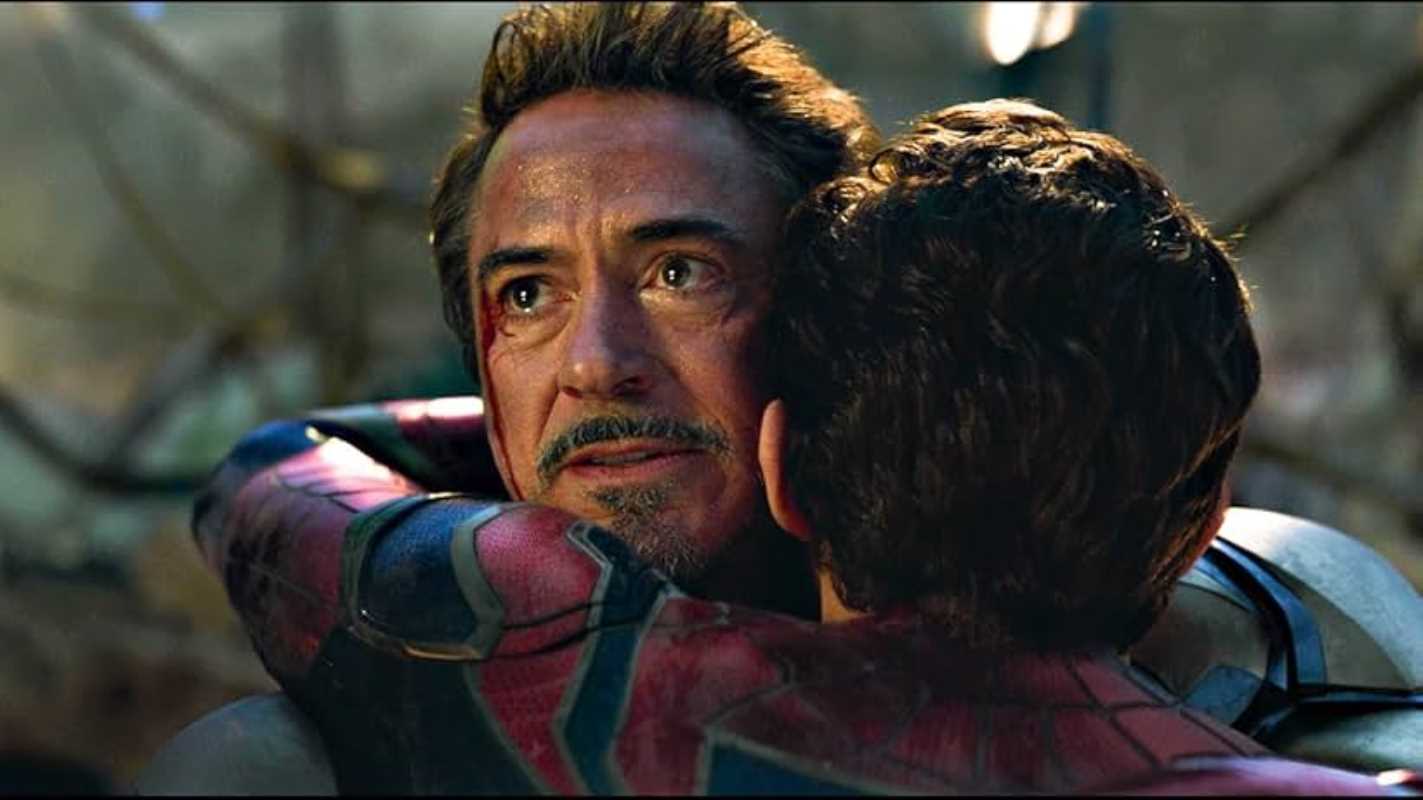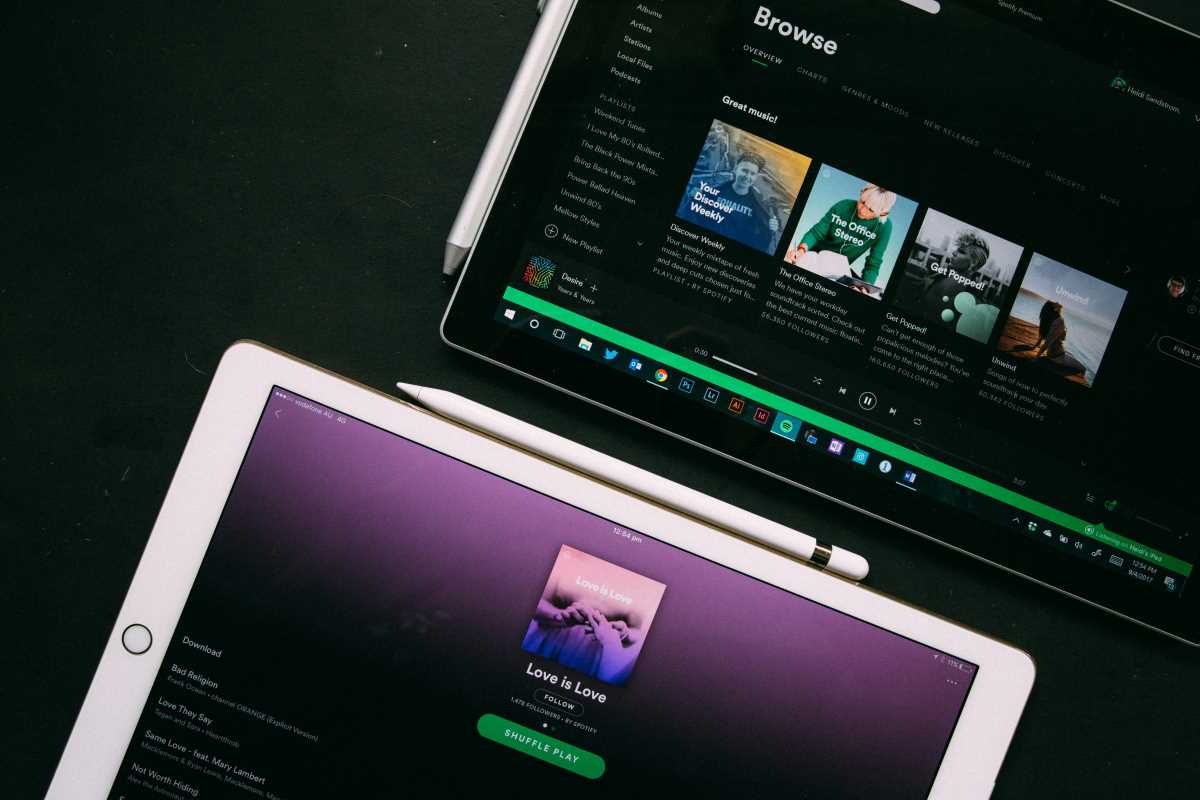TV can be a tricky business. Some shows get cancelled before they even have a chance to shine, leaving devoted fans heartbroken. The good news is that not all cancelled shows are truly gone. Some claw their way back into the spotlight not through networks, but through the hearts of viewers. Shows like Firefly, Freaks and Geeks, and Arrested Development are survival stories. How does a cancelled show make that leap from obscurity to fandom phenomenon? It’s a mix of incredible storytelling, unique characters, and fans who just won’t quit. Grab your favorite snack and settle in as we explore what makes these too-soon-gone shows unforgettable.
What Makes a Cult Classic?
Being labeled a “cult classic” is a badge of honor. These are the shows that didn’t hit it big with mainstream audiences but found deeply loyal fans nonetheless. What sets them apart? It’s usually a combination of original storytelling, offbeat humor, or memorable characters you won’t find anywhere else. A short run often adds a “what could have been” mystique, making the series feel even more special to fans. And now, thanks to streaming, social media, and fan conventions, these shows can live forever. But not all cult classics are born equal. Let's look at three shining examples of cancelled-too-soon TV that became legends in their own right.
Firefly: The Space Western Fans Refused to Forget
Why Was It Cancelled?
Imagine a mash-up of cowboys and spaceships. That’s Firefly, Joss Whedon’s 2002 show about a ragtag crew flying through space on the ship Serenity. From its quirky genre-bending concept to its witty dialogue, fans adored it. The problem was that Fox didn’t. The network aired episodes out of order, marketed it poorly, and stuck it in a low-performing Friday night slot. The series was canceled after only 11 of its 14 produced episodes made it to air.
Why Is It Special?
Firefly was ahead of its time. Its mix of old-school Western vibes and futuristic sci-fi felt fresh and exciting. The characters were deeply relatable—from Nathan Fillion’s grumpy but lovable Captain Mal to the brainy sibling duo Simon and River Tam. The show examined themes like freedom, loyalty, and rebellion with sincerity and sharp humor. It was a dose of optimism wrapped in a gritty, lived-in universe.
How Did It Gain a Fanbase?
DVD sales skyrocketed after the show’s cancellation, proving that audiences were willing to give Firefly a second shot. Fans, who proudly call themselves “Browncoats,” championed it at conventions and online, firmly entrenching the series in early geek culture. This groundswell even inspired the 2005 film Serenity, which gave fans some closure to the story. Even 20 years later, fans still rally for a revival.
Freaks and Geeks: Too Real to Survive Network TV
Why Was It Cancelled?
Freaks and Geeks premiered in 1999 on NBC, aiming to capture the awkward, bittersweet reality of high school in the 1980s. But despite its critical acclaim, the show struggled on Saturday nights and was frequently preempted for sports events. Its serialized nature didn’t help either, as networks at the time preferred self-contained episodes. Out of 18 episodes produced, only 12 aired during its original run.
Why Is It Special?
Few shows make the highs and (mostly) lows of adolescence feel this real. Whether it was Lindsay Weir navigating her shift from brainy mathlete to hanging out with the school’s “freaks,” or her younger brother Sam enduring bullying and crushes, it hit every relatable note. The cast, including future stars like James Franco, Linda Cardellini, Seth Rogen, and Jason Segel, made you care deeply about these characters even if their lives were messy and unresolved.
How Did It Gain a Fanbase?
Freaks and Geeks became more popular in reruns and on DVD than it ever was on television. Thanks to creators Paul Feig and Judd Apatow, many cast members went on to star in Hollywood movies and shows, keeping the Freaks and Geeks legacy alive. The show is now a staple for anyone craving sharp writing and painfully honest storytelling about growing up.
Arrested Development: Comedy Too Smart for Its Own Good
Why Was It Cancelled?
Arrested Development, which aired its first three seasons between 2003 and 2006, was a sharp, satirical comedy following the wildly dysfunctional Bluth family. Though the series won six Emmy Awards, including Outstanding Comedy Series, its ratings didn’t justify its cost of production. Its dense, rapid-fire humor made it challenging for casual viewers, and Fox ultimately canceled it after three seasons despite its critical accolades.
Why Is It Special?
This show was packed with clever layers that rewarded attentive viewing. Series-long gags, blink-and-you’ll-miss-it jokes, and absurd characters like GOB Bluth (played hilariously by Will Arnett) made every rewatch feel brand new. Jason Bateman’s Michael Bluth offered a grounding presence in a family full of over-the-top chaos.
How Did It Gain a Fanbase?
Arrested Development thrived on DVDs and streaming platforms, particularly as binge-watching became a thing. Fans appreciated the show’s sheer wit and reintroduced it to friends. Netflix later revived the series in 2013 with two more seasons. While the new seasons were divisive, they proved the show’s enduring appeal as one of the smartest comedies of its time.
Other Honorable Mentions
Not every canceled-too-soon show makes the leap to cult fame, but a few honorable mentions deserve recognition:
- My So-Called Life: A brutally honest depiction of teen angst in the ’90s.
- Pushing Daisies: A colorful and quirky tale of love, death, and solving crimes.
- Veronica Mars: Fans were so passionate that they crowdfunded a movie sequel years later.
- Happy Endings: A hilarious sitcom that ended way too soon despite its massive potential.
These shows prove that success isn’t always measured in ratings, but in the lasting love they inspire. Being able to share these shows creates a kind of “secret club” feeling for fans, and there’s no greater satisfaction than introducing friends to a cult classic they missed in its original run.
 (Image via
(Image via

.jpeg)



